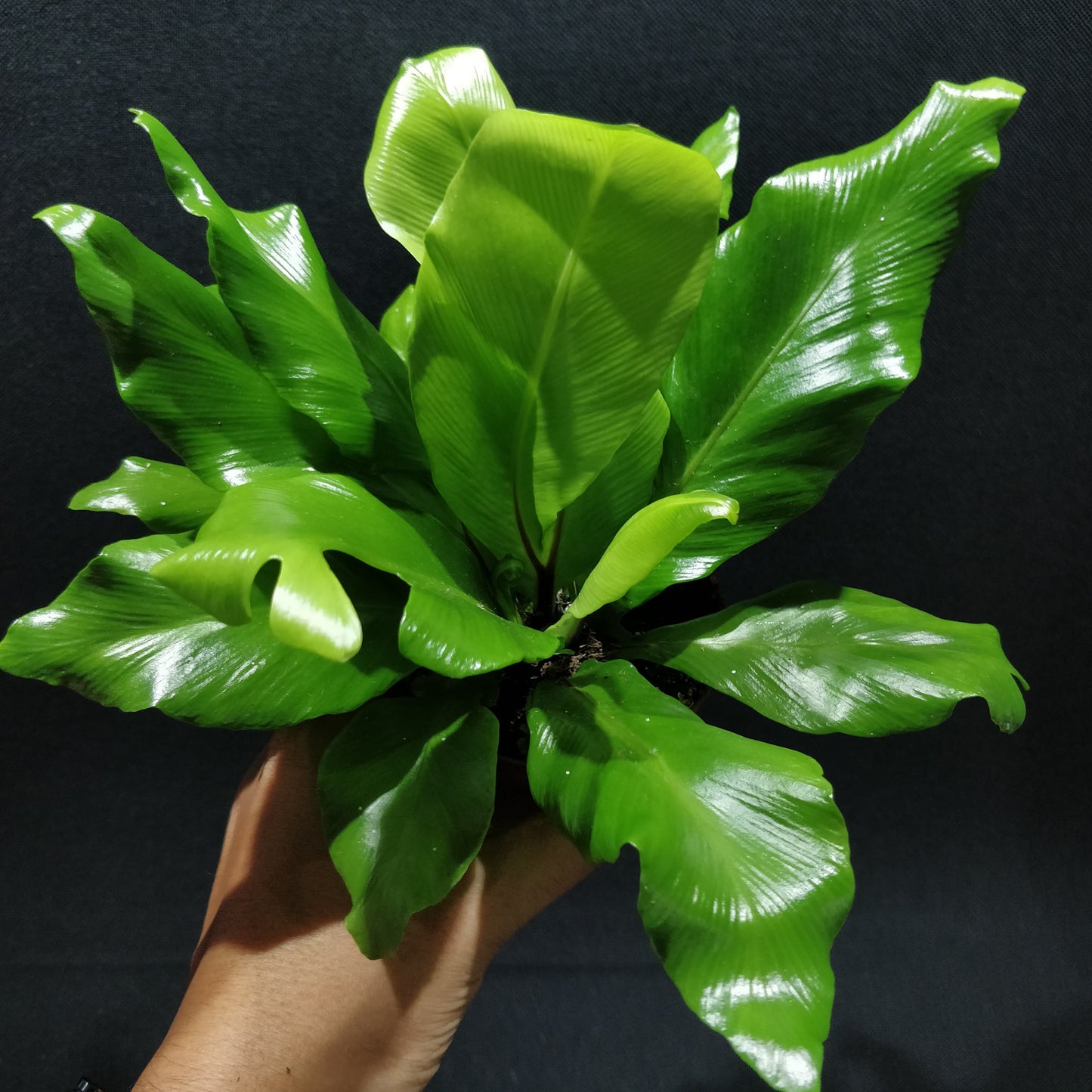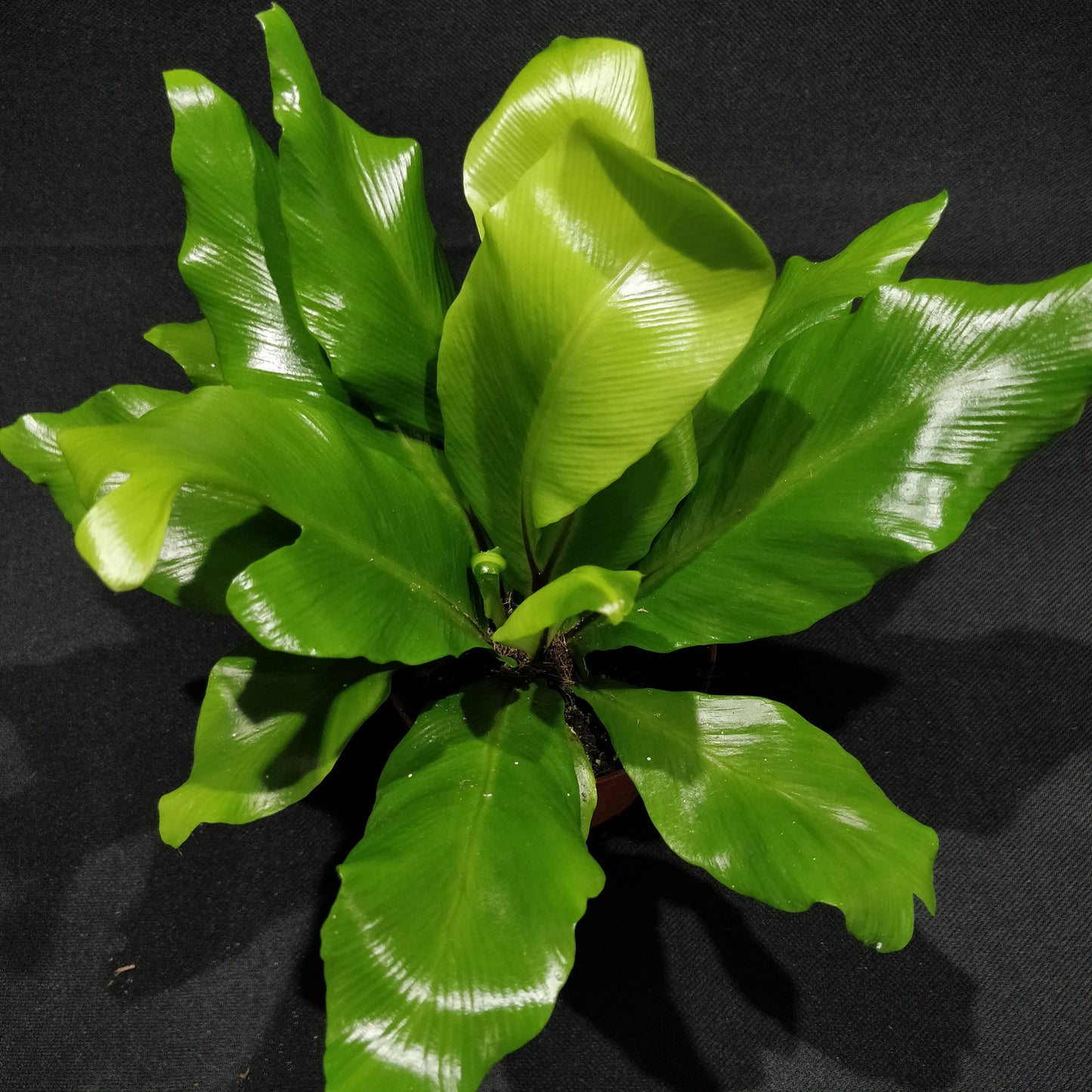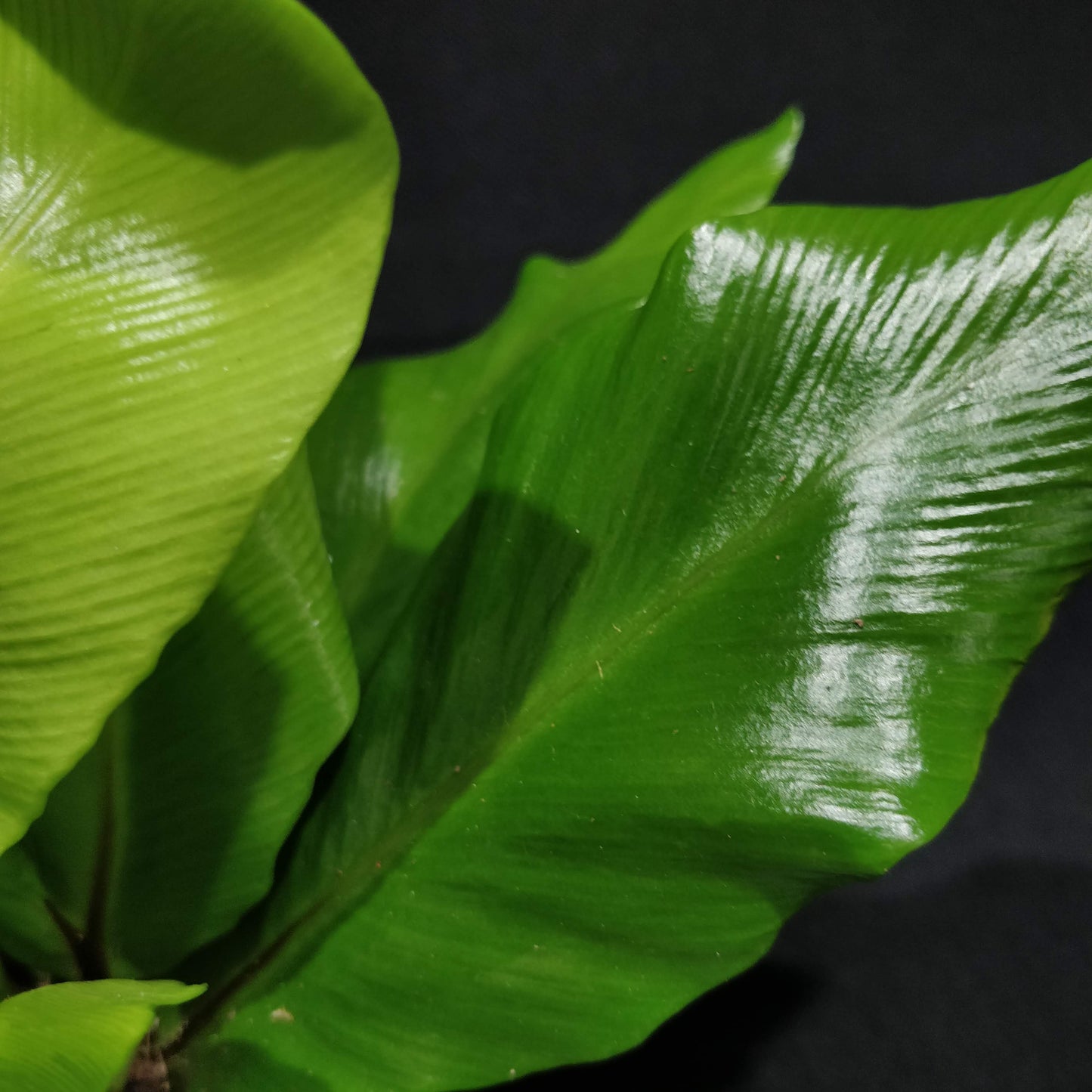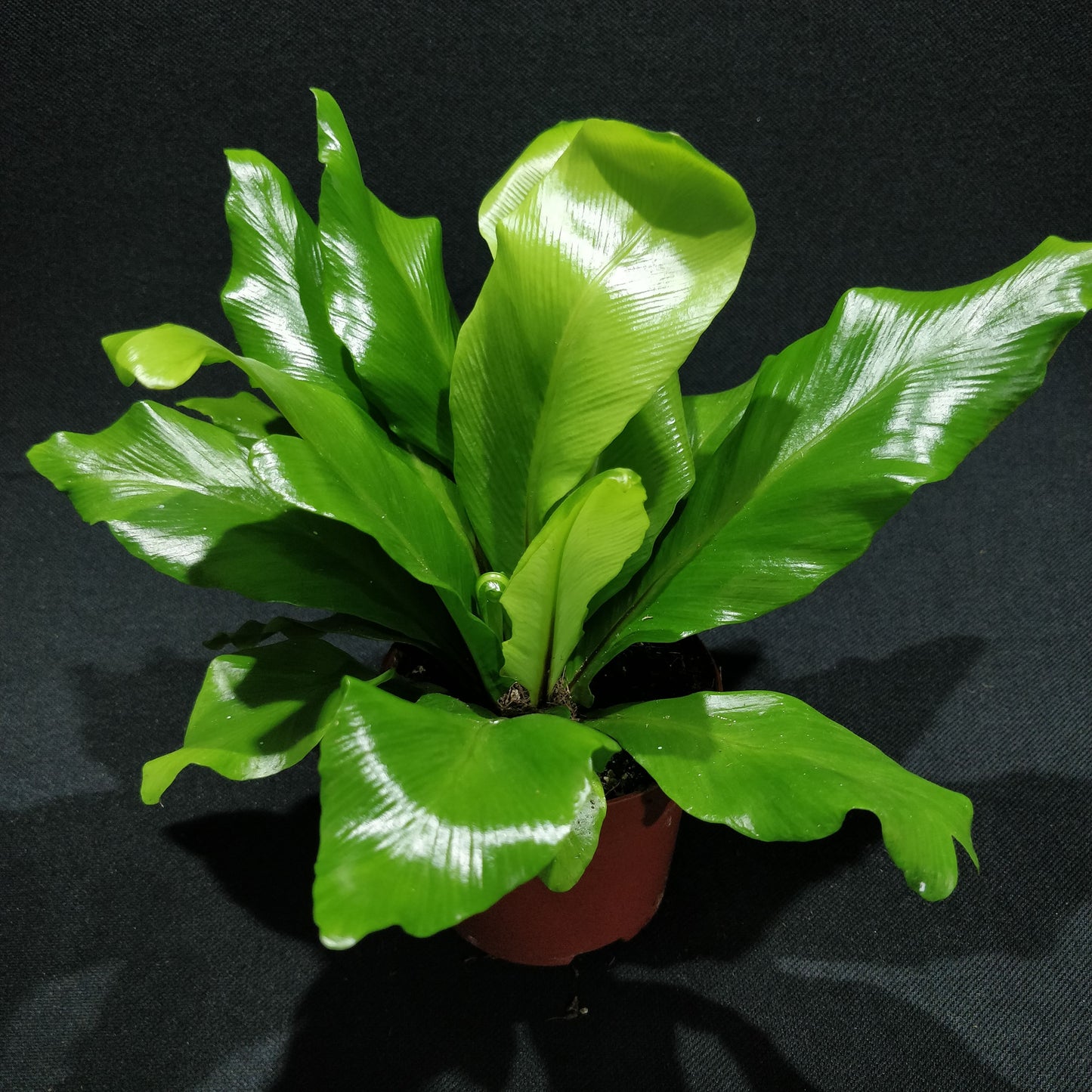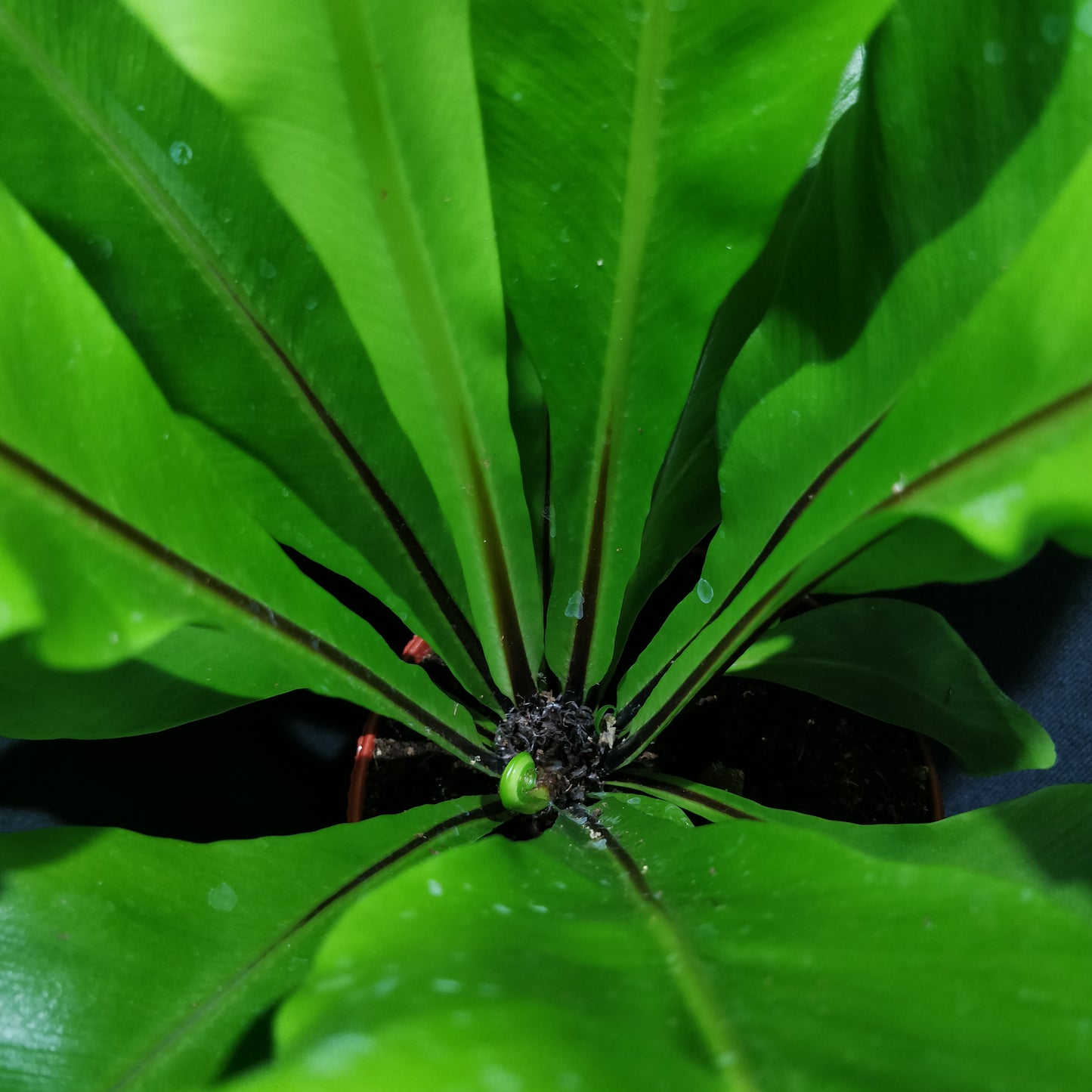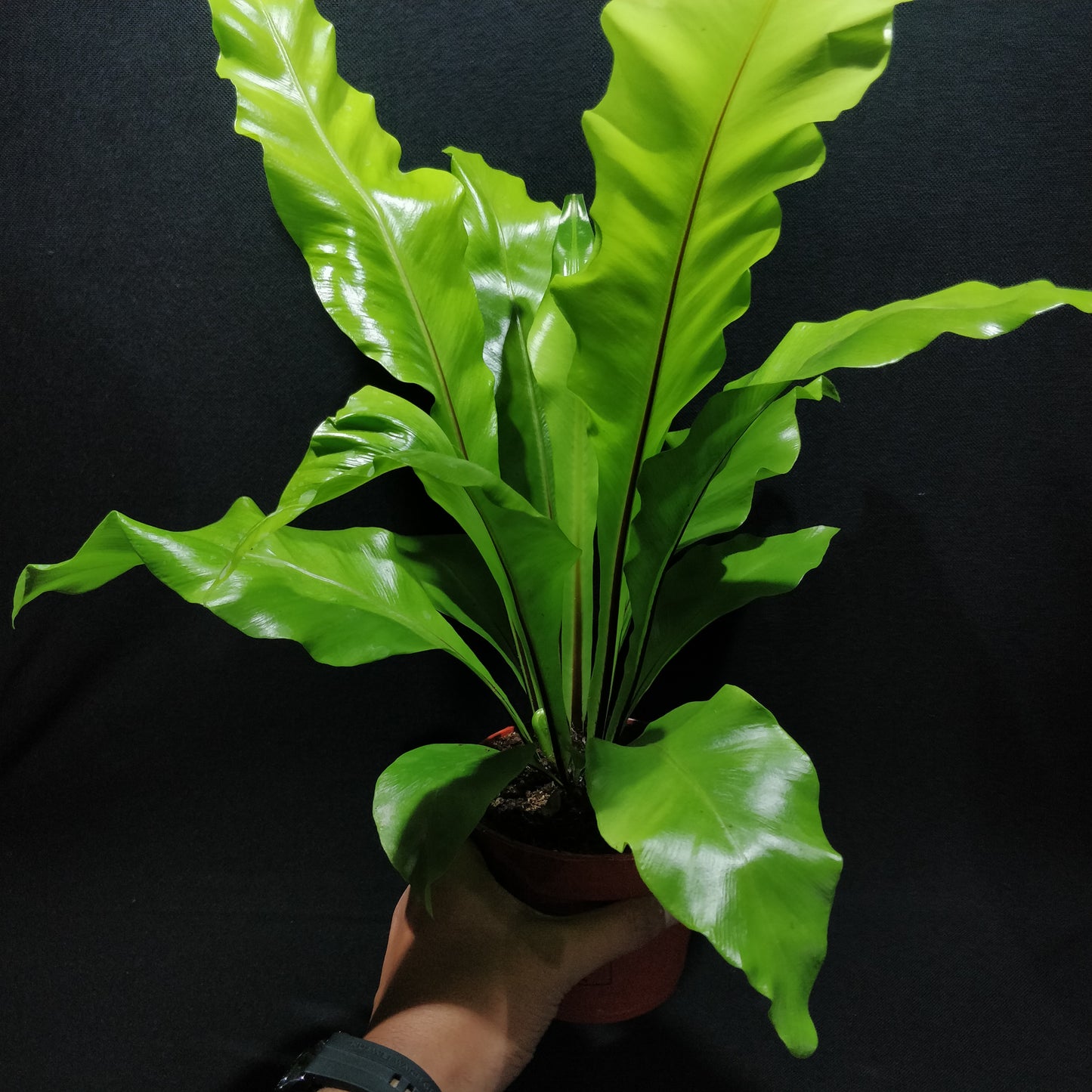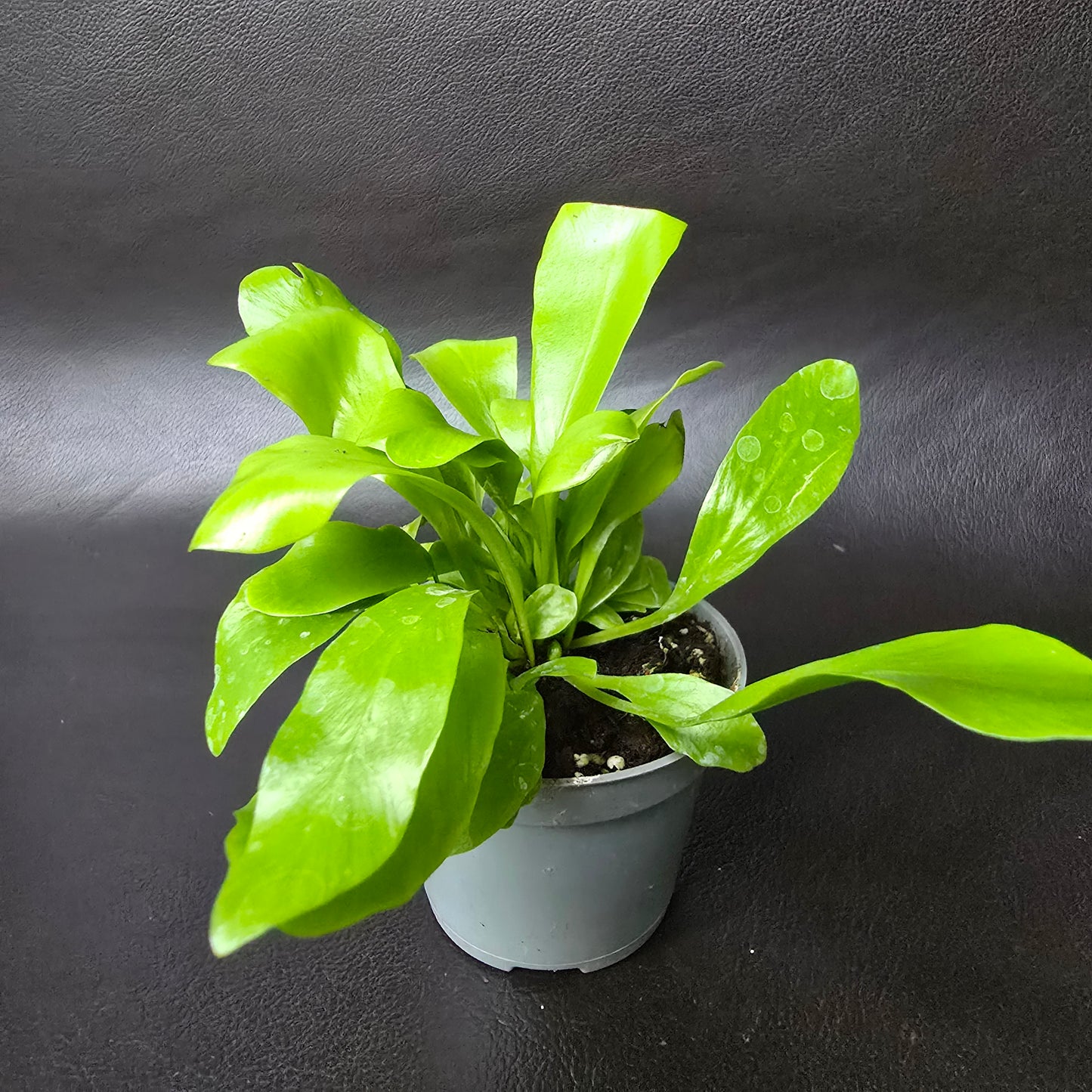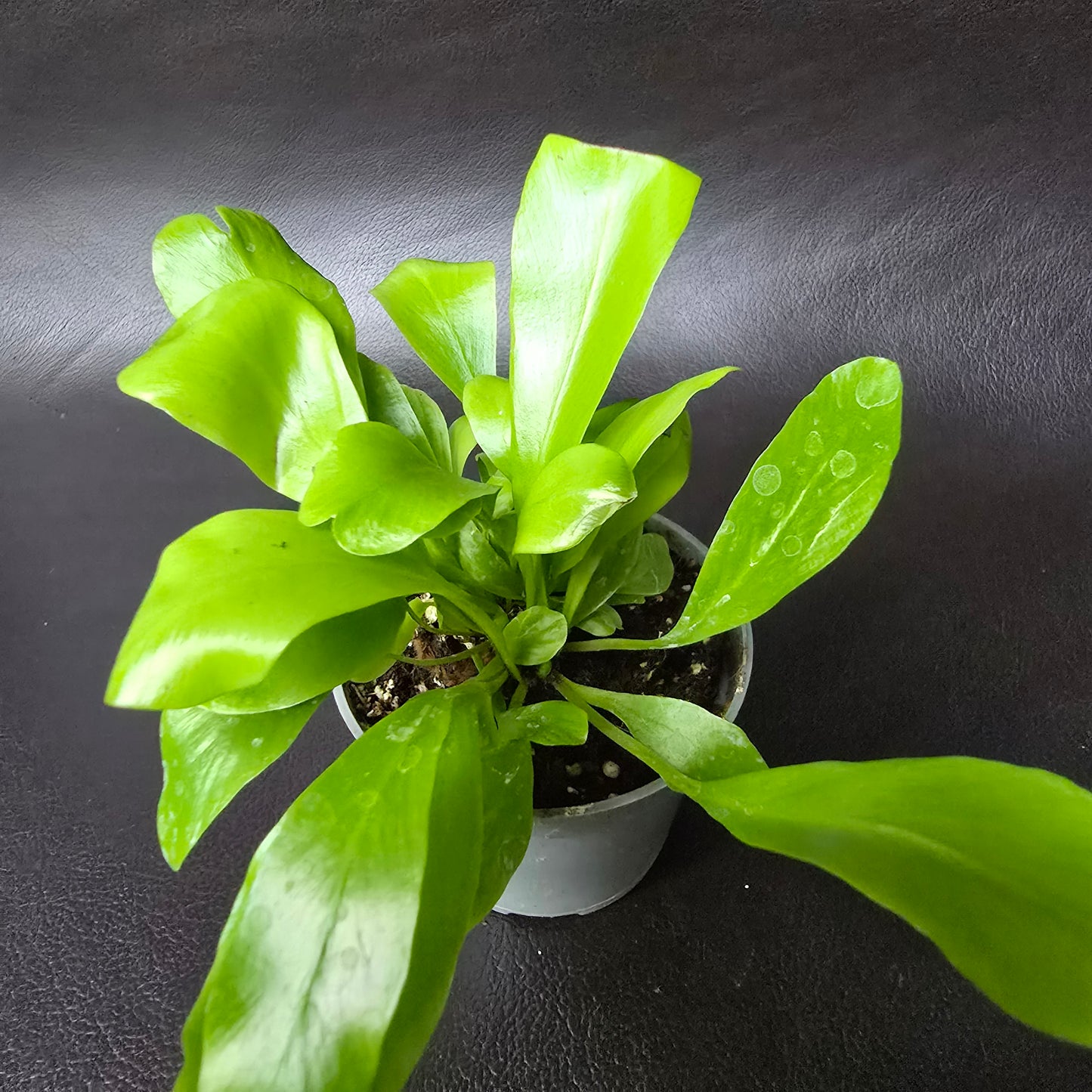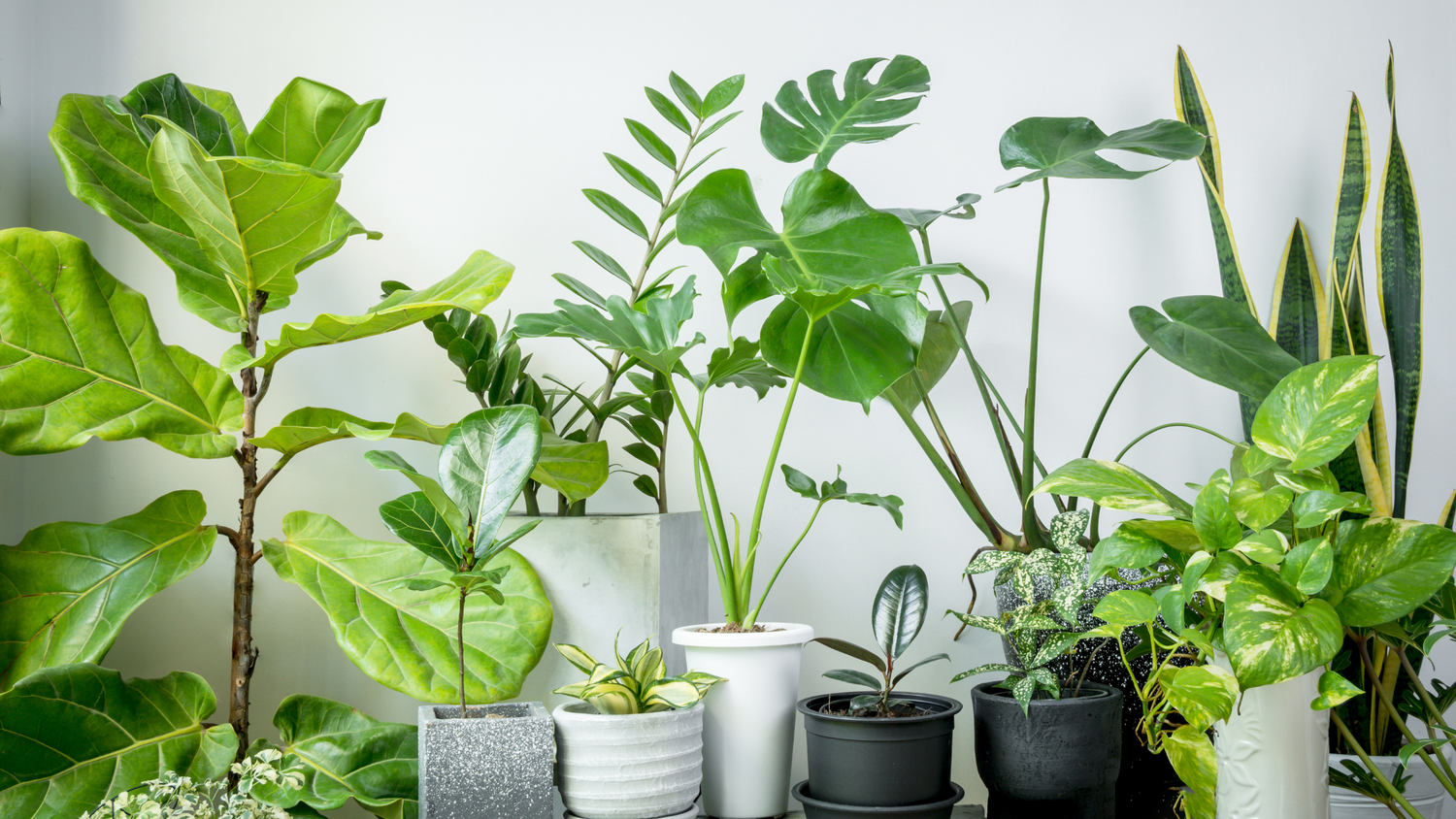Bird's-nest Fern - Asplenium Nidus
Bird's-nest Fern - Asplenium Nidus
Out of stock
Couldn't load pickup availability
The Bird's-nest fern is a beautiful and easy-to-care-for houseplant that is native to tropical Asia and Africa. It is known for its lush, green fronds that resemble a bird's nest.
Light: Bird's-nest ferns prefer bright, indirect light. Too much direct sunlight can scorch the leaves. An east- or north-facing window is ideal.
Water: Keep the soil moist but not soggy. Water more often in the summer and less often in the winter.
Humidity: Bird's-nest ferns prefer high humidity. If you live in a dry climate, you can increase the humidity by placing the plant on a pebble tray or misting the leaves regularly.
Temperature: Bird's-nest ferns prefer warm temperatures between 25 and 30 degrees Celsius.
Fertilizer: Feed your Bird's-nest fern every other week during the spring and summer with a water-soluble fertilizer.
Pests and diseases: Bird's-nest ferns are relatively pest- and disease-free. However, they can be susceptible to mealybugs and scale. If you see any pests, you can treat them with insecticidal soap or neem oil.
Propagation: Bird's-nest ferns can be propagated by division. To do this, carefully remove the plant from its pot and tease the roots apart. Replant the divisions in separate pots filled with fresh potting mix.
Here are some additional tips for caring for your Bird's-nest fern:
- Repot your plant every two to three years in a pot that is one size larger.
- Use a well-draining potting mix that is specifically designed for ferns.
- Clean the leaves of your plant regularly with a damp cloth to remove dust and debris.
- If your plant is not getting enough humidity, you can place it in a terrarium or a room with a humidifier.
With a little care and attention, your Bird's-nest fern will be a beautiful addition to your home for many years to come.
Scientific Classification
Scientific Classification
Order: Polypodiales
Family: Aspleniaceae
Genus: Asplenium
